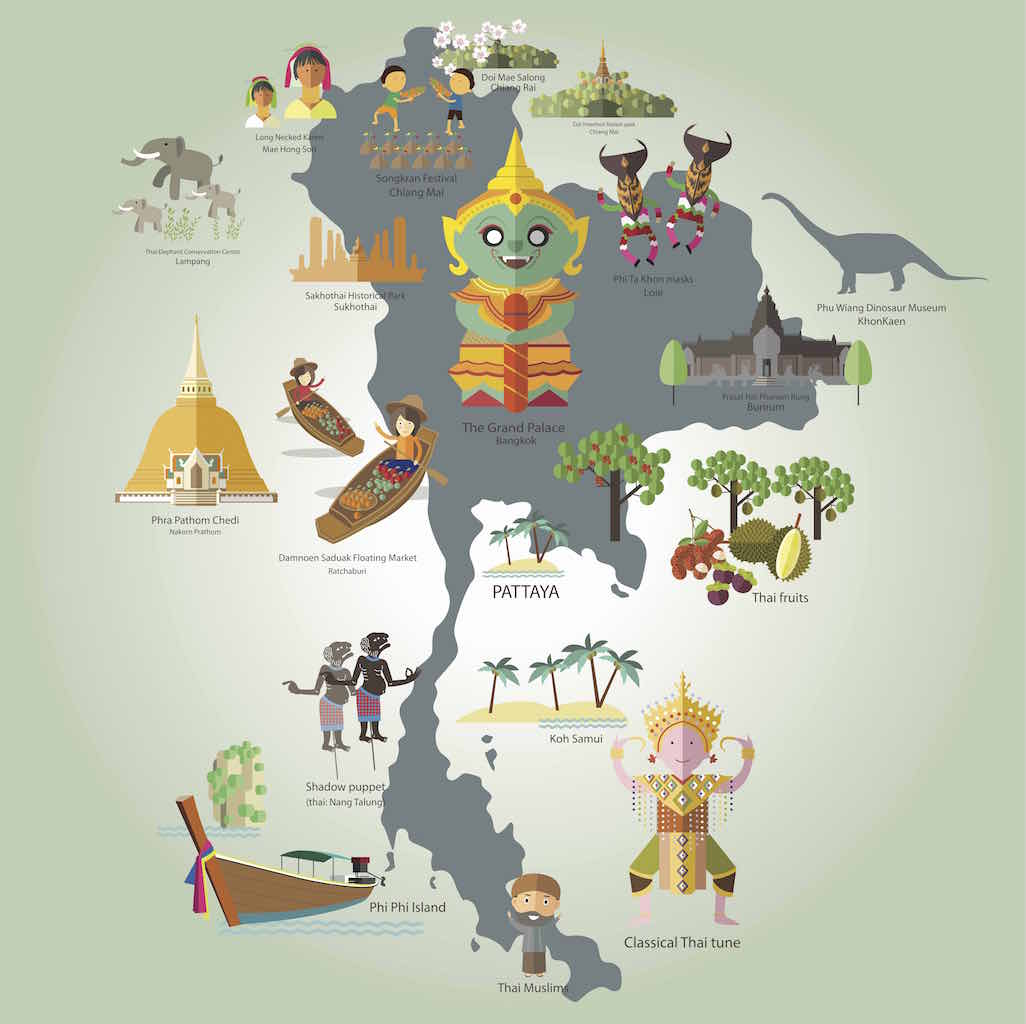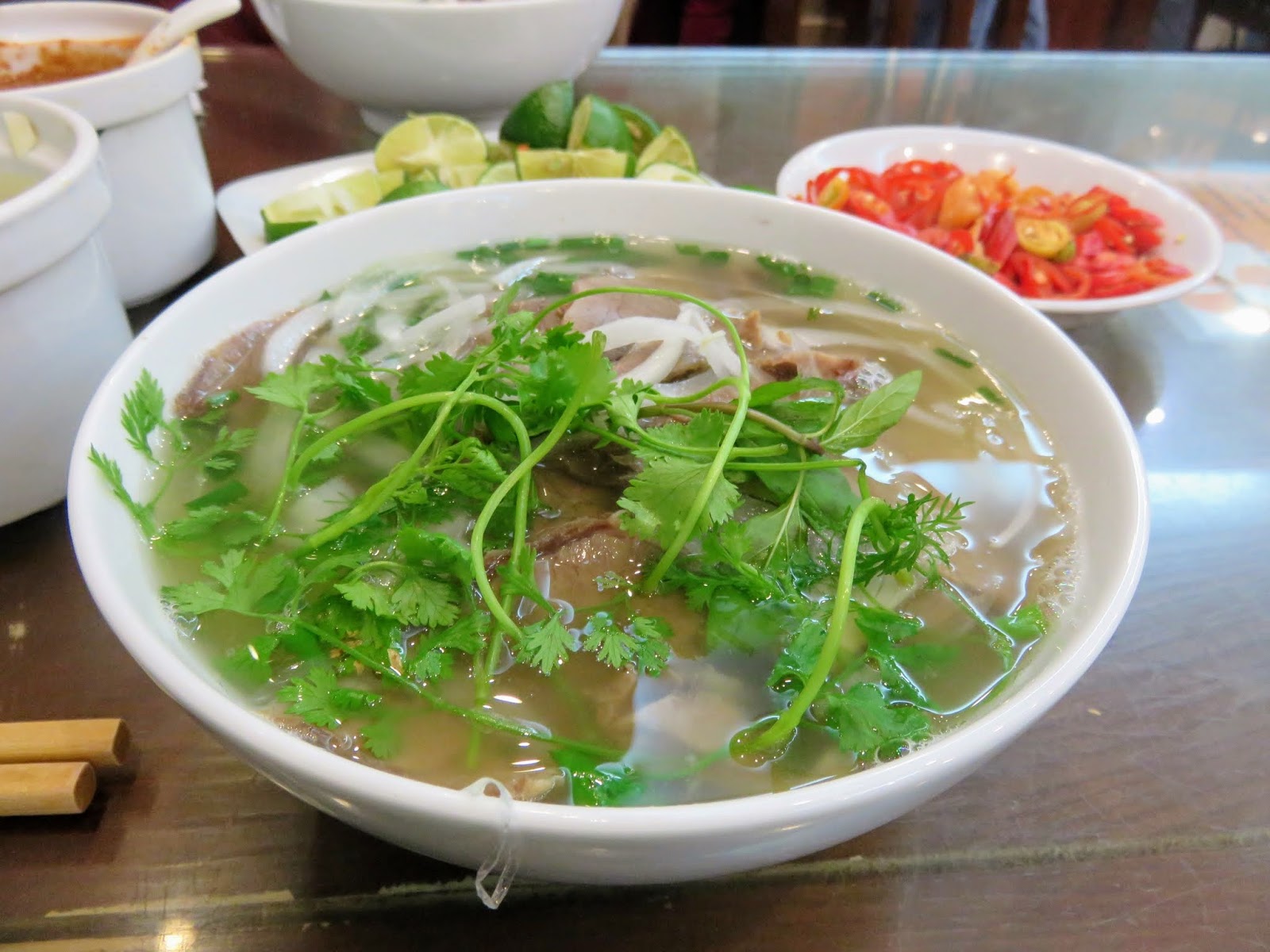Thailand Guide: Electricity, Plugs, Sockets, Fuel For Car, Water System, Weather Forecast 2019
The electric current in Thailand is 220 Volt AC (50 cycles) throughout the country. Travelers with shavers, tape recorders
Though tap water in Bangkok is technically safe to drink, the plumbing in certain buildings may make water inadvisable to ingest. Furthermore, travelers’ unaccustomed to otherwise harmless bacteria in the water could get upset stomachs from drinking ice that is technically ‘safe’ to consume. Bottled water in Thailand is recommended as it is cheap and ubiquitous and most ice is safe to consume as it is produced with potable water, with cube ice generally safer than crushed ice.
Fuel for cars in Thailand is predominately unleaded petrol, sold by the liter. Bigger vehicles, such as vans, use diesel. Both are readily available at petrol stations throughout the country. Prices range from 20 to 30 baht per liter. Most service stations accept Visa and MasterCard, and generally close by
Thailand uses the metric system and road distances and speed limits are posted in kilometers and kilometers per hour.
Thailand is located between vast areas of land and water, so it is impacted by both the summer and the winter monsoons. As a result, Thailand weather consists of six months of rainfalls during the wet season, three months of dry and cooling breezes during the cool season, and three months of heat during the hot season. The average temperature of Thailand ranges from 18 to 38°C.
The hot season is from the middle of February to the middle of May, with April being the hottest month. Interesting places to visit during this period are beaches and islands in the South and the East of Thailand.
The wet or rainy season starts from the middle of May to the middle of October, when rain will become less frequent and the weather in upper Thailand, especially the North and the Northeast, will get cooler, while rain in the South will continue until December. Popular activities during this time of the year include visiting hills and mountains and enjoying scenery of rice terraces in the North, which will look different from the cool season.
The cool season is from the middle of October to the middle of February. The temperature can get really cool in Northern and Northeastern Thailand in this period, especially on high hills and mountains, where tourists can experience the beauty of sea of mists and winter flowers. Chiang Mai weather is also best at this time of the year.
Weather and tourist attractions
Checking the weather before planning where to visit is vital to the success of your trip. While some places in Thailand can be visited at any time of the year, some are best during particular periods. For example, if a clear sky, bright sun, and blue sea are your things, you should definitely travel Thailand in the hot season. Koh Samui weather is perfect for beach lovers during summer. But for mountain lovers, the recommended period is the cool season when there are cooling breezes and beautiful flowers for you to enjoy. The wet season in Thailand offers you with green forests and spectacular views.
Exquisite temples, vivacious floating markets
Cr. www.tourismthailand.org




